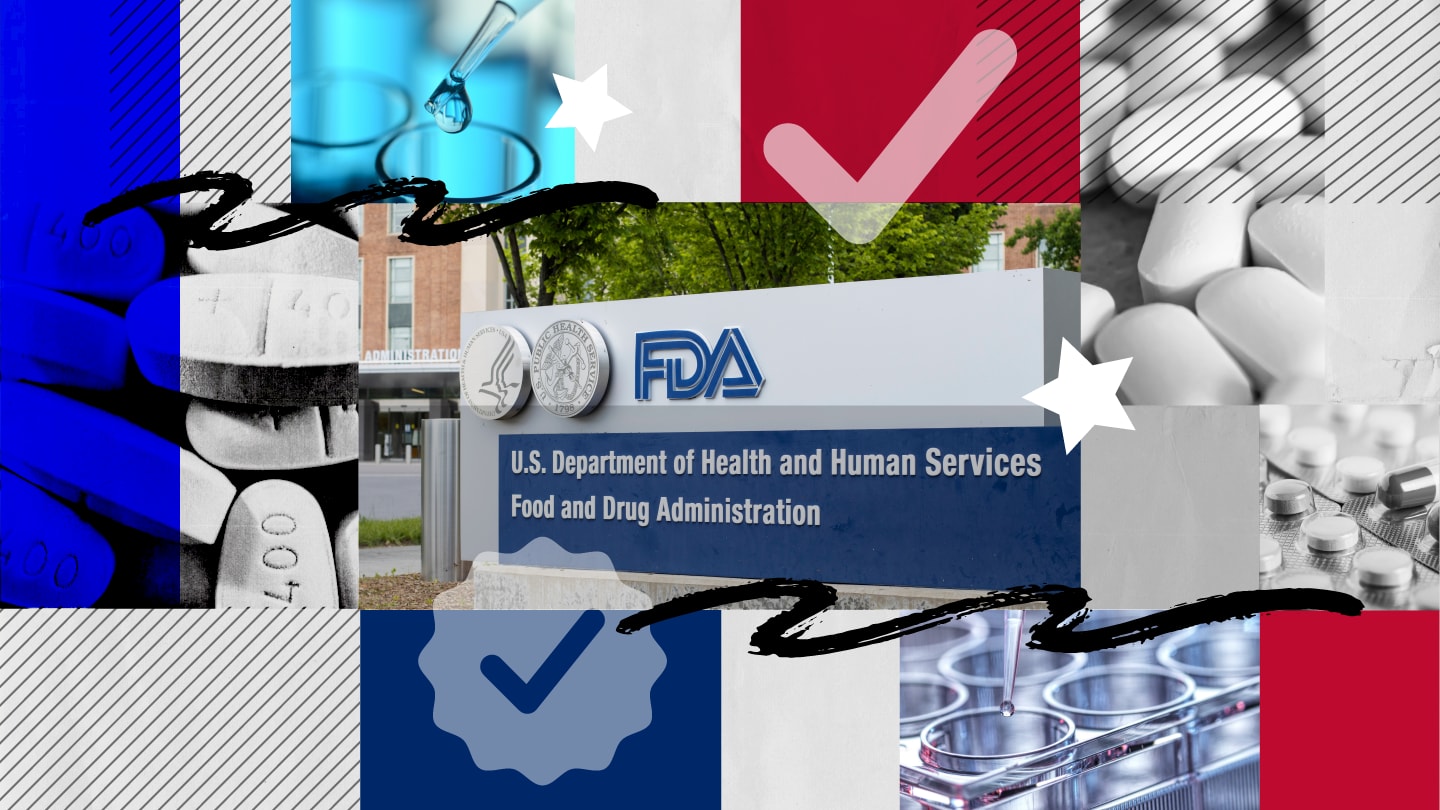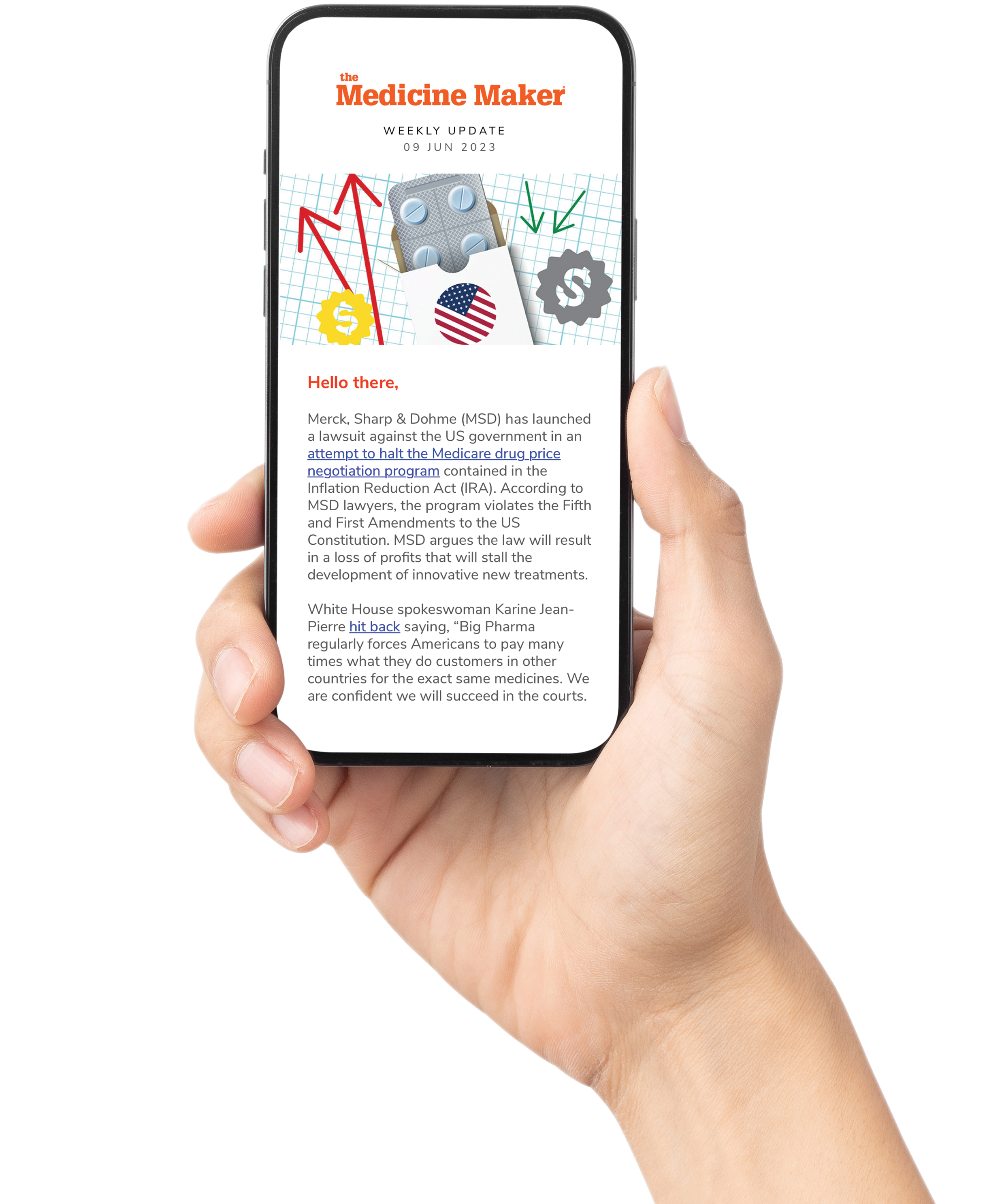
The FDA has unveiled its top science and research priorities for FY 2026 under the GDUFA program, including nitrosamine risk, complex drug development, bioequivalence innovations, and the use of AI and modeling to modernize generics regulation.
The FDA has released its fiscal year 2026 science and research priorities under the Generic Drug User Fee Amendments (GDUFA) program, highlighting eight areas designed to tackle pressing scientific challenges and accelerate patient access to safe, effective, and affordable generics.
Announced following a June 2025 public workshop, the priorities reflect feedback from industry stakeholders, academic researchers, and the public. They center on both advancing methods for complex products and modernizing the regulatory framework through data science, modeling, and artificial intelligence.
Tackling impurities
The first priority targets the growing challenge of nitrosamine impurities, in which the FDA plans to expand research into mechanisms of impurity formation, refine analytical methods, and establish acceptable intake limits. Modeling and simulation will play a role in reformulating high-risk drugs while maintaining safety and cost-efficiency.
Active ingredient efficiencies
Two separate priorities aim to streamline equivalence demonstrations for complex actives and dosage forms. For oligonucleotides and peptides, the focus will be on developing standardized analytical and immunogenicity assays. Meanwhile, FDA intends to refine in vitro tools that predict performance of long-acting injectables, implants, and polymeric formulations – products often difficult to assess with traditional bioequivalence studies.
Delivery and permeation
For drugs delivered via the skin, eye, nose, or lungs, the FDA seeks new in vitro and modeling approaches to reduce reliance on comparative clinical endpoint studies. Improvements to permeation tests and study designs are also on the agenda.
In addition, drug–device combinations such as inhalers and injectors will receive close attention. Research will investigate how subtle design differences affect performance, usability, and safety. Environmentally friendly propellant transitions are also flagged as a near-term need.
Oral and parenteral generics
Even for simpler oral and injectable products, the FDA sees opportunities to modernize. Priorities include expanding the use of physiologically based pharmacokinetic (PBPK) models, better predicting drug interactions, and supporting global harmonization of biowaivers. Efficient methods for ophthalmic and parenteral solutions are also on the list.
Utilizing model-integrated evidence
A particularly forward-looking area is model-integrated evidence (MIE), which combines in silico, in vitro, and in vivo data to support bioequivalence. The FDA intends to develop best practices for model validation and explore adaptive study designs, with special attention to oncology drugs and long-acting injectables.
AI expansion
Finally, the agency is investing in artificial intelligence (AI) and machine learning (ML) systems to modernize regulatory science. Priorities include applying natural language processing to speed up guidance development, integrating AI tools into application assessments, and exploring how applicants themselves might use these tools to pre-validate submissions. Real-world evidence will also play a role in monitoring substitution and public health impacts.
To summarize, the FDA’s 2026 priorities emphasize both technical rigor and regulatory efficiency. The 2026 agenda reflects a dual commitment: protecting patients from emerging risks such as nitrosamines while ensuring that complex therapies can reach the generic market faster, with improved affordability, reliability, and accessibility.




